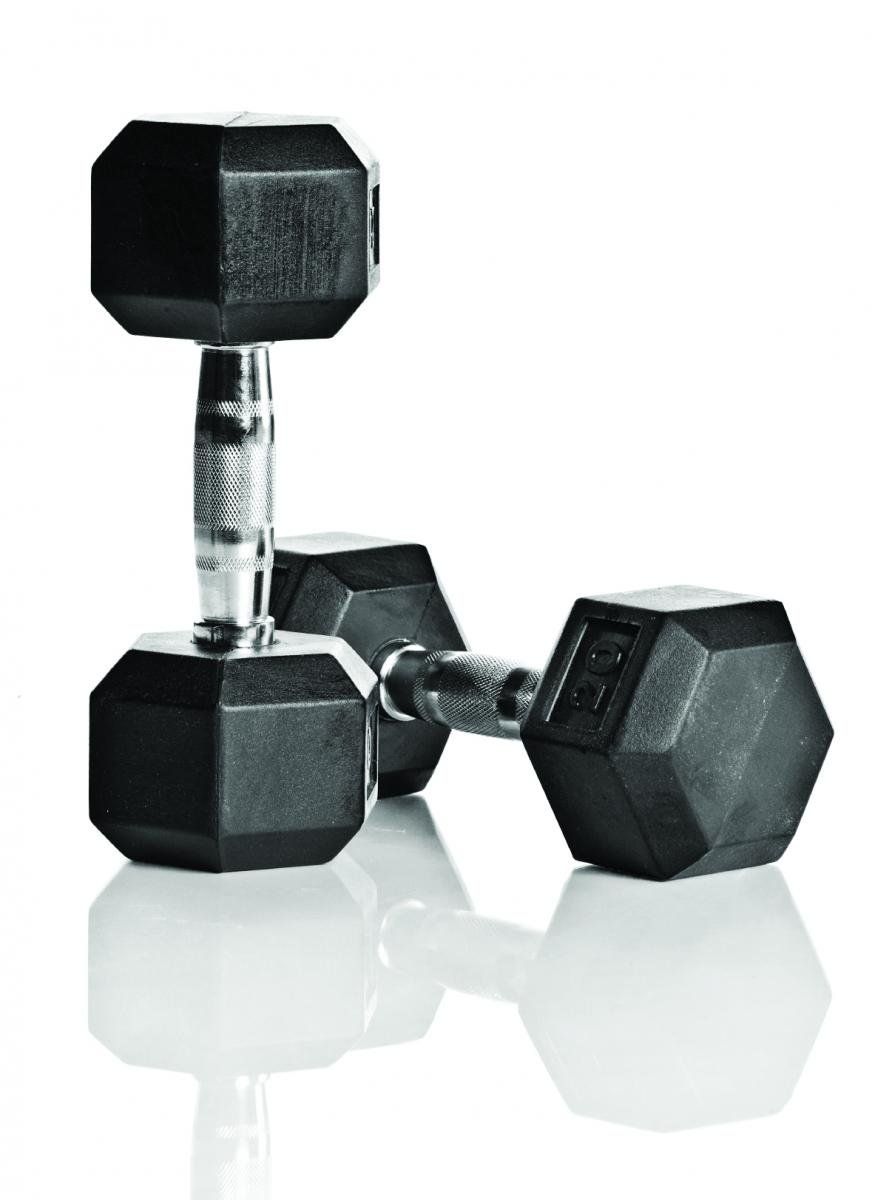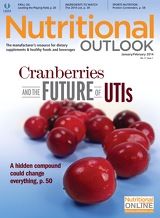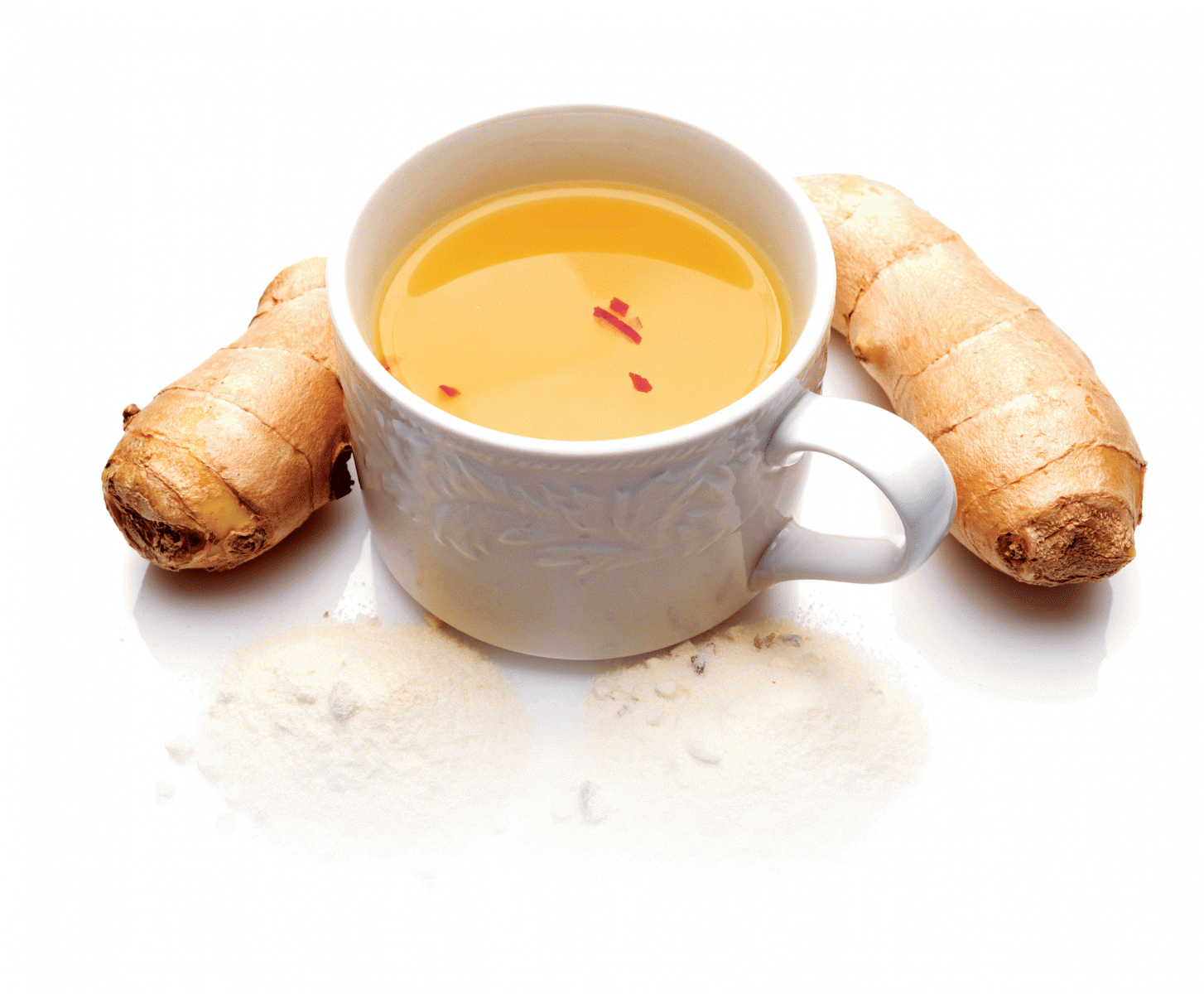Plant Protein versus Dairy Protein for Muscle Building
Comparing protein sources for sports nutrition. What does the science say?

Protein, sports nutrition’s heavy hitter, continues to win, with double-digit sales gains and an outflux of high-protein product claims. “High-protein intake is trending with most consumers,” says Scott Steil, president of Nutra Bridge Corp. (Shoreview, MN).
A formulator has many protein options these days. Ahead is a quick rundown, including what the latest studies say.
BCAAs
Protein is rich in essential amino acids-particularly, the branched chain amino acids (BCAAs) leucine, isoleucine, and valine, which are highly concentrated in muscle tissue. “BCAAs play a special role in muscles because they can be metabolized within the muscles-rather than in the liver, where all other aminos are metabolized-and be used for energy,” says Scarlett Blandon, registered dietitian for Axiom Foods (Los Angeles). BCAAs play a key role in muscle recovery/synthesis and sports performance.1
How do BCAAs compare in different protein sources-specifically dairy and plant?
BCAAs are very high in dairy protein compared to other protein sources2,3, says Bryan Helwig, PhD, director of nutrition research for the Dairy Research Institute (Rosemont, IL). Where dairy proteins are considered “complete” because they contain all nine essential amino acids, most plant proteins (including beans and peas, seeds, nuts, vegetables, and grains) are considered “incomplete”-and even plant proteins that are considered complete still have lower BCAA levels compared to dairy, he says.
Dairy, and whey especially, is high in leucine compared to other proteins. Leucine is linked to increased muscle protein synthesis when consumed as part of a resistance-training program4, Helwig says.
Brown rice protein and pea protein comprise about 19% and 18% BCAAs, respectively, Axiom’s Blandon says. These percentages are comparable to dairy protein casein, which is typically 20% BCAAs, she adds. Axiom offers Oryzatein brown rice protein, Veg-O-Tein P yellow pea protein, and Incatein Sacha Inchi protein.
Plant proteins boast other amino acids as well. Take soy. “Soy has different amino acid ratios than whey, including greater levels of glutamine and arginine,” says Tom Burrows, director of strategic marketing, ADM Soy Proteins (ADM; Decatur, IL). Glutamine, for example, may help prevent fatigue in athletes.
Wheat protein is rich in glutamine-nearly double that of soy and whey, according to supplier MGP Ingredients (Atchison, KS). Last year, the company introduced Optein hydrolyzed wheat protein for post-workout muscle recovery.
Pea protein offers glutamine, arginine, and lysine, says Neelesh Varde, PhD, senior product manager for Roquette America (Keokuk, IA). Roquette supplies Nutralys pea protein, which is an isolate (85% protein) and naturally high in BCAAs (18%).
Rice protein can sometimes be lower in lysine, but supplier AIDP (City of Industry, CA) uses sprouting to enrich the lysine content of its recently launched Gabiotein rice protein, making it a complete protein, the firm says.
Digestibility
There are fast-digesting proteins and slow-digesting proteins. Which is desirable? It depends on the goal.
Whey protein digests quickly, making amino acids and their muscle-repairing benefits quickly available to the body-desirable for post-workout recovery, for instance. Casein, by contrast, is slower to digest. (Some studies also suggest that consuming whey protein during and/or after exercise may improve strength and support muscle function and fatigue, but more research is needed here, says Kara McDonald, director, U.S. ingredients marketing and communications, U.S. Dairy Export Council (Arlington, VA).
Soy protein digests slower than whey protein, and there may be benefits to that, says ADM’s Burrows: “This enables more prolonged absorption.”
Digestion ease and efficacy are also key. Protein digestibility is most commonly measured by a ratings system called the Protein Digestibility Corrected Amino Acid Score (PDCAAS). (Read more about PDCAAS-and its possible replacement-in the sidebar below.) Burrows says isolated soy protein is the only vegetable protein whose PDCAAS score compares with animal proteins.
Hemp is considered a slow-digesting protein according to PDCAAS, says Richard Pierce, president of Canadian supplier GFR Ingredients. Last year, the company introduced a water-soluble hemp protein powder, HempSol-65, which it calls the most-concentrated hemp protein powder on the market. The company manufactures out higher percentages of hemp seed shell, which it says lowers carbohydrate levels and enables higher protein content. Also, hemp has an 87% Biological Value (BV) score (a measure of protein absorption), which Pierce says is lower than whey or rice’s but significantly higher than soy’s. Hemp is considered a complete protein, containing all nine essential amino acids.
Nutralys pea protein is a “fast-intermediate” digesting protein, says Roquette’s Varde. He ranks it between whey and casein, with a digestion window of 20 minutes to 8 hours. Varde offers other Nutralys numbers: 98% fecal digestibility, 89% gastroileal digestibility, and 78% postprandial nitrogen retention compared to other plant and dairy proteins.
Pea is Vega’s protein of choice for its plant-based recovery drink mix, Vega Sport Recovery Accelerator. “Pea protein supplies an easily digested source of BCAAs, which act as signaling molecules to transition muscles from a catabolic state (breaking down) to anabolic (building up)”5-key for the product’s recovery benefits, says Emma Cutfield, Vega’s innovation manager. (Sales of Vega products currently comprise 30% of all plant-based protein sales in the U.S. natural channel, she says.) Designed for use in the 20-minute window immediately following a workout, Vega Sport Recovery Accelerator provides a specific 4:1 ratio of carbohydrates-to-protein to enhance muscle glycogen synthesis and therefore muscle recovery6, she says. She adds that pea protein is more soluble for drinks than other plant proteins.
Enzymes aid protein’s amino acid release. “For sports, enzymes are being used in several ways, which include nutrient delivery and energy metabolism, as well as post-workout recovery support. One interesting new trend is the use of proteases to release amino acids more quickly, especially the BCAA leucine,” says Richard Mihalik, director of innovation and product development, National Enzyme Co. (NEC; Forsyth, MO). In vitro tests show that NEC’s BioCore Edge enzyme blend breaks down whey protein quicker, reducing the size of protein molecules and speeding the release of BCAAs, he says.
Plant proteins tend to release their amino acids more slowly compared to whey protein, so enzymes are important here if the goal is a quick release, Mihalik says. “Plant-based proteins have the most to gain from targeted protease blends like BioCore Edge,” he says.
Finding the right blend of proteases to make a specific protein/protein blend digestion-friendly requires knowing which amino acid bonds and sequences make the protein resistant to digestion. For instance, “less processed” plant proteins may have significant fatty acid and carbohydrate residue that makes digestion inefficient, Mihalik says. "Soy protein tends to be more resistant to our natural digestive enzymes, so adding appropriately selected proteases may accelerate the release of amino acids, making them more rapidly available for absorption," he says. And proteases may act differently on different protein sources. “Even proteins of the same type can behave differently depending on how a manufacturer processes them.”
Stacking Up the Science
How do protein sources compare in muscle-building studies? Most comparison studies to date pit whey protein against soy. “When it comes to promoting muscle protein synthesis, whey protein almost always beats soy [in clinical studies]; soy has never beat whey protein,” says Jose Antonio, PhD, editor-in-chief of the Journal of the International Society of Sports Nutrition.
Whey protein came out on top again most recently in a 2013 Journal of the American College of Nutrition study7 comparing the muscle protein synthesis effects of a 22-g supplement of carbohydrate, whey, or soy after resistance training in 63 young adults (aged 18 to 35). Compared to soy or carbohydrates, whey caused bigger gains in lean muscle mass (3.3. kg versus 1.8 kg for soy), as well as higher leucine levels in blood. The researchers said the nine-month study is unique because it is the longest resistance-training study comparing protein sources, to date.
The Dairy Research Institute funded the study. “Because the research was conducted in healthy young adults as opposed to professional athletes, the results have implications for a much larger demographic,” Helwig says.
Most other plant proteins lack comparison studies. Roquette conducted some of its own preliminary research comparing Nutralys pea protein and whey for post-workout muscle building. “Initial results seemed to indicate that Nutralys pea protein had a similar impact as whey protein on muscle development,” says Varde.
Most notably, brown rice protein and whey met head-on in a Nutrition Journal study published last year.8 The results? Rice protein grew muscle, power, and strength as well as whey protein did-as long as the rice protein dose was high. In the study, 24 college-aged, resistance-trained males consumed either 48 g of rice or whey protein isolate immediately post-exercise on training days for eight weeks. Researchers said these doses equate to 3.8 g of leucine in the rice supplement versus 5.5 g of leucine in the whey supplement. “The present results suggest that differences in protein composition are of less relevance when protein is consumed in high doses throughout periodized [resistance training],” the researchers wrote.
Better Together
With protein sources, the whole is often greater than the sum of its parts. Combinations are commonplace and fill nutrient gaps of single protein sources.
“When using plant-based proteins, a multisource blend is always preferable, as it contains a balanced amino acid profile… as each source of protein complements one another,” says Vega’s Cutfield. A blend can achieve higher amino acid content overall.
“Other plant proteins can be mixed to create a complete amino acid profile and improved taste, like our Advantein, which is a brown rice and pea blend,” says Kathy Lund, vice president of business development and marketing for AIDP.
Sports supplement makers are looking at all their options.
Mintel says sales of non-soy and non-dairy protein rose 87% in the past five years, and predicts 50% growth over the next four years. Lund says, “As whey protein costs rise, manufacturers have searched for new forms-while consumers are seeking a better-tasting, more easily digested protein.”
Luckily, there are options for everyone.
Sidebar
PDCAAS: On the Way Out?
The Protein Digestibility Corrected Amino Acid Score (PDCAAS) has long been the prevalent measure of protein digestibility. But that may change.
“For nearly 20 years, the world has accepted PDCAAS as the method for measuring protein quality. However, a recent report by an Expert Consultation of the Food and Agricultural Organization of the United Nations (FAO) has recommended a novel, advanced method that more accurately assesses protein quality be adopted,” says Bryan Helwig, director of nutrition research for the Dairy Research Institute.
That method is the Digestible Indispensable Amino Acid Score (DIAAS). According to Helwig, “DIAAS9 overcomes limitations inherent in the PDCAAS scoring system regarding digestion and resultant availability of amino acids for use by body tissue. Additionally, DIAAS corrects errors in score reporting, thereby providing a more accurate protein quality score and allowing true comparison of protein quality between sources.”
Dairy protein comes out looking even better by DIAAS standards, by the way. Helwig says dairy protein may score up to 30% higher with DIAAS than with PDCAAS, according to the FAO committee report9. “The increased score is indicative of the higher-quality proteins found in dairy products, which is currently not reflected in the PDCAAS equation,” he says.
References
- Howatson G et al., “Exercise-induced muscle damage is reduced in exercise-trained males by branched-chain amino acids: a randomized, double-blind, placebo controlled study,” Journal of the Internal Society of Sports Nutrition, vol. 9, no. 1 (May 8, 2012): 20 [Epub ahead of print].
- Volpi E et al., “Essential amino acids are primarily responsible for the amino acid stimulation of muscle protein anabolism in healthy elderly adults,” American Journal of Clinical Nutrition, vol. 78, no. 2 (August 2003):250-258.
- Tang JE et al., “Muscle protein anabolism: the role of protein quality,” Current Opinion in Clinical Nutrition & Metabolic Care, vol. 12, no. 1 (January 2009): 66-71.
- Volek et al., “Whey protein supplementation during resistance training augments lean body mass,” The Journal of the American College of Nutrition, vol. 32, no. 2 (2013): 122-135.
- Kerksick et al., “International Society of Sports Nutrition position stand: Nutrient Timing,” Journal of the International Society of Sports Nutrition, (October 3, 2008).
- Blomstrand E et al., “Branched-chain amino acids activate key enzymes in protein synthesis after physical exercise,” Journal of Nutrition, vol. 136 (1 Suppl) (Jan 2006): 269S-73S.
- J Volek et al., “Whey Protein Supplementation During Resistance Training Augments Lean Body Mass,” Journal of the American College of Nutrition, vol. 32, no. 2 (2013): 122-135.
- JM Jordan et al., “The effects of 8 weeks of whey or rice protein supplementation on body composition and exercise performance,” Nutrition Journal, vol. 12, no. 1 (June 20, 2013): 86 [Epub ahead of print].
- Food and Agriculture Organization of the United Nations, “Dietary protein quality evaluation in human nutrition, (2013). Available at: www.fao.org/ag/humannutrition/35978-02317b979a686a57aa4593304ffc17f06.pdf.


.png&w=3840&q=75)

.png&w=3840&q=75)



.png&w=3840&q=75)



.png&w=3840&q=75)














